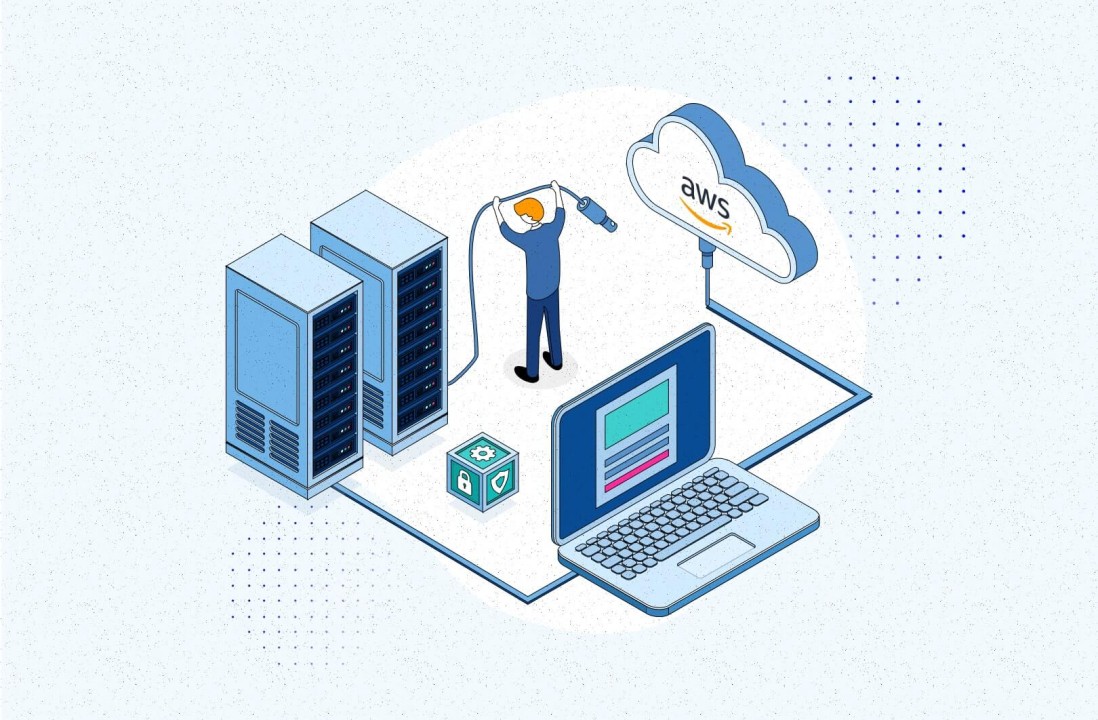The Rise of Serverless Architecture: A Double-Edged Sword for Developers
The landscape of modern development is in constant flux, driven by innovation and the quest for greater efficiency and agility.

The landscape of modern development is in constant flux, driven by innovation and the quest for greater efficiency and agility. One of the most prominent trends gaining momentum is the rise of serverless architecture. For developers, it heralds a paradigm shift, promising significant benefits while also posing inherent challenges. This article delves into both facets, examining the potential and pitfalls of serverless architecture for developers.
The Alluring Draw of Serverless: Developer Delights
Freedom from Server Management

Bid farewell to the era of provisioning, patching, and scaling servers! Serverless architecture shifts this burden to the cloud provider, enabling developers to concentrate on core application logic. This results in:
- Reduced development time: Eliminating server headaches leads to quicker application development and deployment cycles.
- Lower operational costs: Say goodbye to server management costs, resulting in reduced infrastructure expenses.
- Improved scalability: Serverless applications automatically scale based on demand, ensuring seamless performance sans manual intervention.
- Pay-per-use Pricing: Pay only for the resources your application consumes, translating to substantial cost savings for applications with variable workloads. This aligns perfectly with the "pay-as-you-go" model prevalent in modern businesses.
Focus on Code, Not Infrastructure
Developers can channel their expertise into crafting elegant code and building innovative features, leaving underlying infrastructure concerns to the cloud provider. This enhances focus and productivity.
Simplified Development Environments
Cloud providers furnish comprehensive development tools and frameworks tailored for serverless architecture, fostering a smoother and more streamlined development experience.
The Hidden Thorns: Challenges to Consider
Vendor Lock-in
Relying on a specific cloud provider's serverless offering may lead to vendor lock-in, complicating future provider switches. Evaluate vendor neutrality and portability options judiciously before proceeding.
Tricky Debugging
Troubleshooting issues within serverless architectures can be complex due to the distributed and ephemeral nature of functions. Familiarize yourself with provider-specific debugging tools and practices.
Limited Customization
While offering flexibility, serverless architectures may not be suitable for scenarios requiring significant customization or control over the underlying infrastructure.
Cold Starts and Latency
Depending on the implementation, serverless functions may experience "cold starts" when invoked after a period of inactivity, resulting in initial latency. Optimizing for warm starts and minimizing cold start impact is necessary for responsiveness.
Monitoring Complexity
Monitoring and understanding the performance and behavior of serverless applications can be challenging due to their dynamic nature. Utilize provider-specific monitoring tools and implement robust logging practices.
Weighing the Scales: When to Embrace Serverless
The decision to adopt serverless architecture ultimately hinges on your specific needs and priorities. Here are some scenarios where serverless shines:
- Event-driven applications: Serverless excels at handling event-driven workloads, such as processing data streams or responding to user actions.
- Microservices architecture: Breaking down applications into smaller, independent functions aligns perfectly with the serverless model.
- APIs and backends: Serverless functions can serve as efficient and scalable backends for APIs and web applications.
- Cost-sensitive projects: The pay-per-use model makes serverless attractive for projects with unpredictable or sporadic workloads.
Conclusion: Serverless - A Powerful Tool, Wielded with Care
Serverless architecture offers a compelling value proposition for developers, liberating them from server management and enabling faster, more cost-effective development. However, it's not without its challenges. Understanding both the benefits and drawbacks is crucial to making informed decisions and successfully adopting serverless. So, carefully evaluate your project's needs, embrace the strengths of serverless, and navigate its challenges with care to unlock its true potential.
Remember, serverless is a potent tool, but like any tool, it requires mastery to wield it effectively. With the right understanding and approach, you can leverage serverless architecture to build scalable, efficient, and cost-effective applications that propel your development journey forward.
Tools and Resources:
- Serverless Comparison Tool: - A tool to compare different serverless platforms and cloud providers.
- Serverless Hub: - A community-driven resource for discovering serverless tools, frameworks, and libraries.
- OpenFaaS: - An open-source serverless framework for Kubernetes.
- Zapier: - A platform for automating workflows between different applications using serverless functions.
- AWS Serverless Application Model (SAM): - A tool for defining serverless applications on AWS.